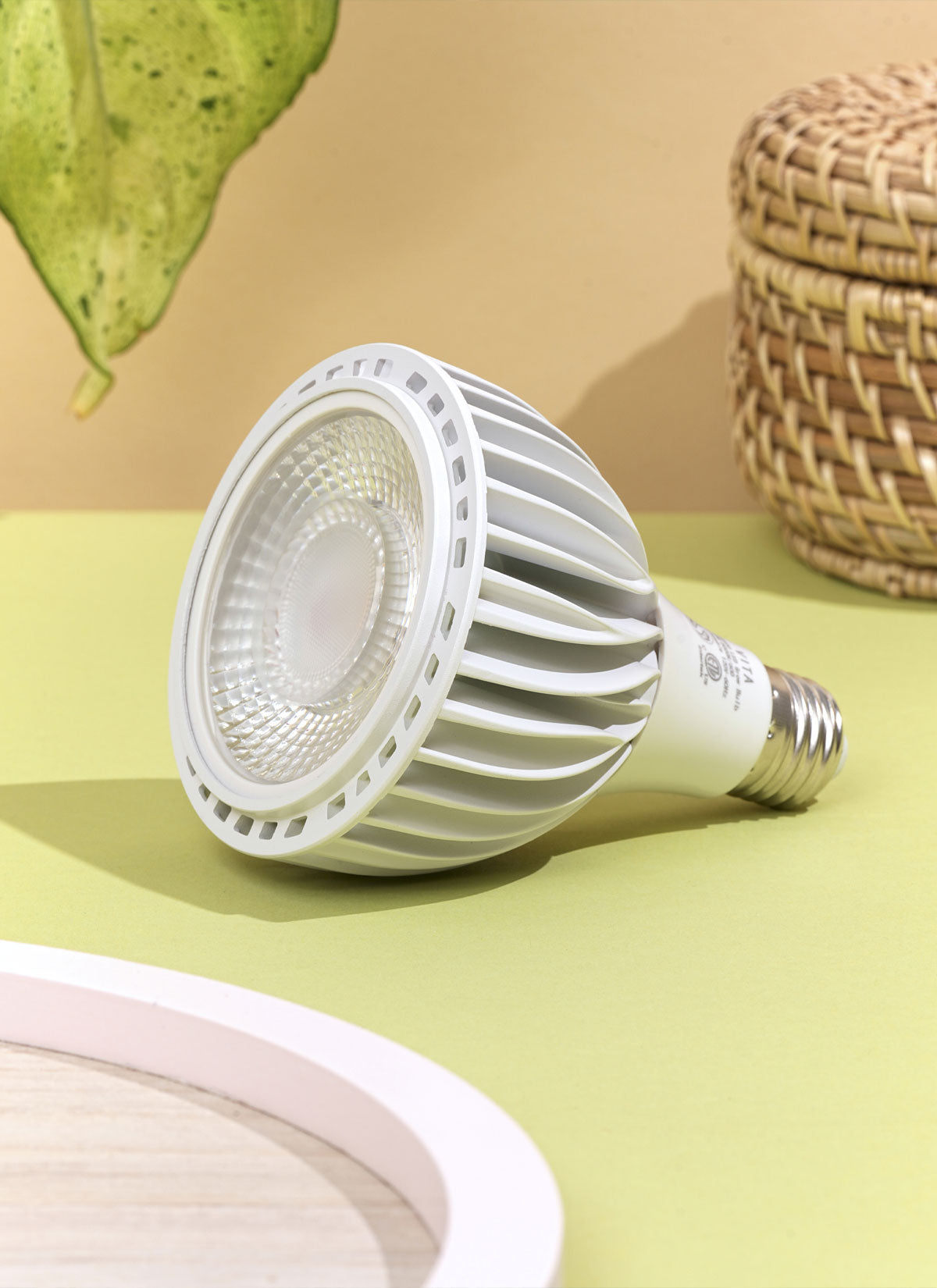Quick Tip: Water until water comes out of drainage holes. Allow top 2 inches of soil to completely dry between waterings.
The Hindu rope plant prefers a somewhat drier environment, with soil that is allowed to dry out between waterings. When the soil feels dry to the touch, deeply water the plant with room temperature water. Be careful to let any extra water drain out of the pot's bottom and avoid letting the plant stand in water, because this might lead to root rot. During the winter months, when the plant is in its dormant phase, limit watering but do not let the soil dry out completely. It's best to err on the side of underwatering because overwatering can result in leaf yellowing or dropping. The Hindu rope plant is a succulent, which means that it can store water in its thick, rope-like leaves, allowing it to withstand periods of drought better than overwatering. Ultimately, it's crucial to keep a constant watering schedule and to avoid extremes of wet or dry soil.




















